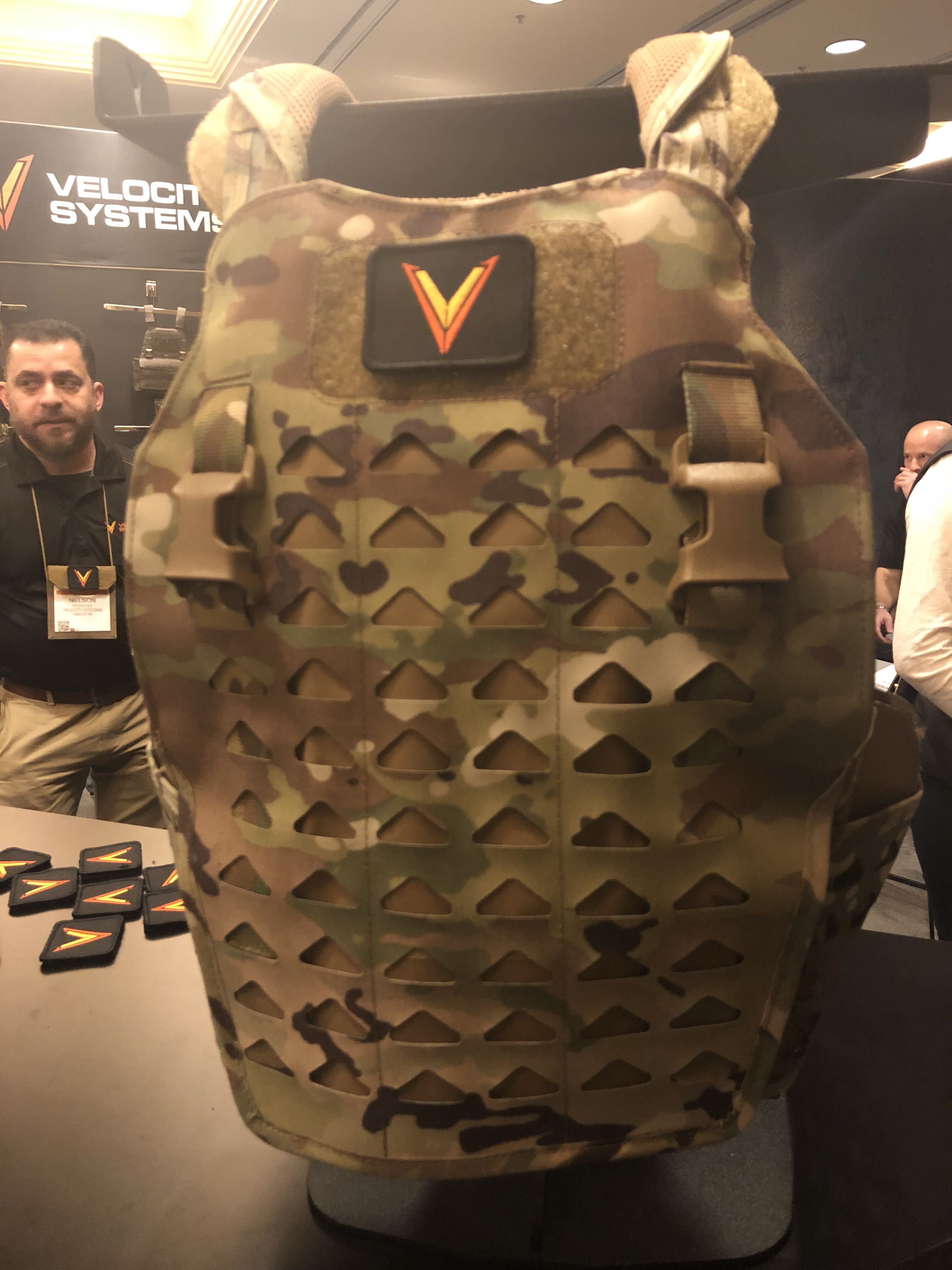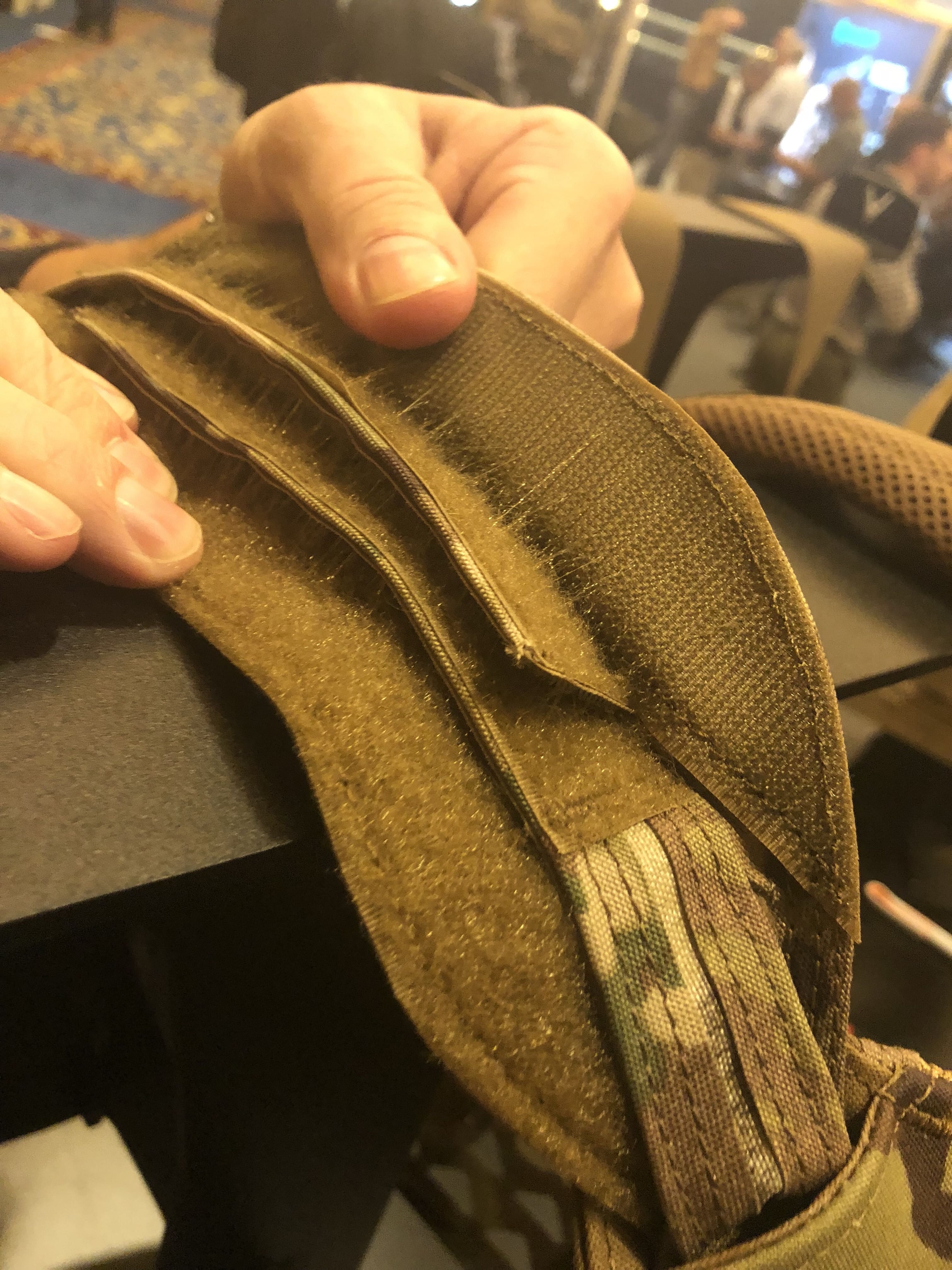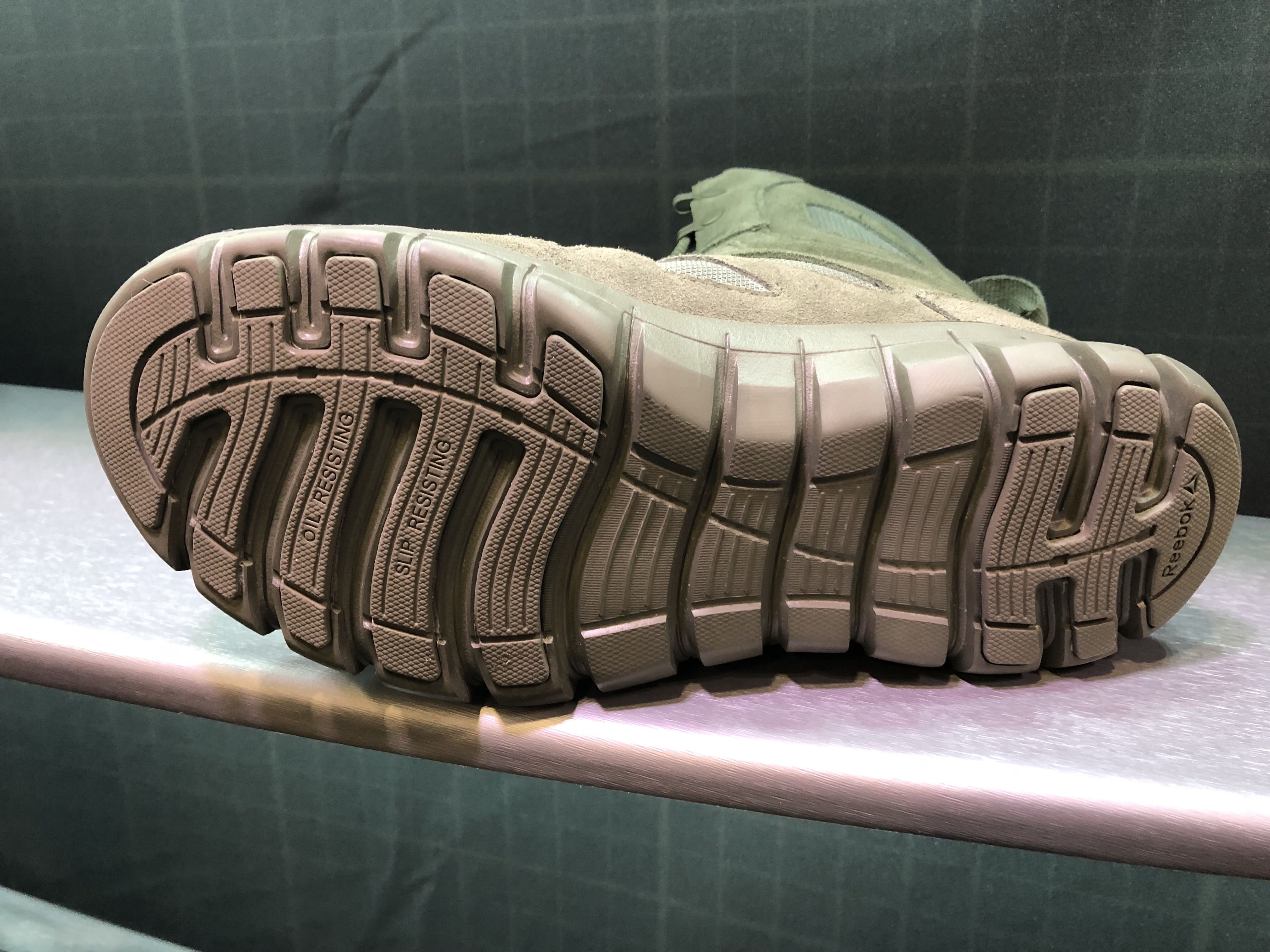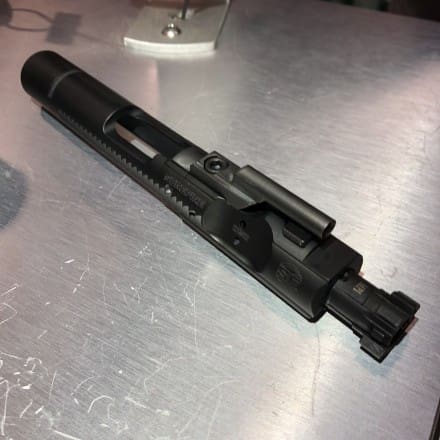Bay St. Louis. MS. January 26 2018, 08:00 CST.
Nammo is proud to announce that it has taken an ownership position in MAC LLC, a leader in the development and production of lightweight polymer cartridge cases for small and medium caliber ammunition.
Managing the weight of weapons and ammunition continues to be a major challenge for today’s armed forces, causing fatigue for individual soldiers, while reducing range and endurance for vehicles and aircraft. Responding to this challenge, MAC LLC has spent several years developing and commercializing lightweight, polymer-based solutions for military and aerospace markets, significantly reducing the weight of military ammunition products. Nammo, as one of the leading providers of specialty ammunition for military and commercial customers in the western world, believes that this technology will strengthen its ability to provide a reliable advantage to its customers.
Morten Brandtzæg, President and CEO of the Nammo Group says, “Our ownership position in MAC LLC is perfect for Nammo. Their technology and products are complementary to our product portfolio and we see a strong future for lightweight solutions. MAC LLC will strengthen our group’s strategic position in the US and international ammunition markets.”
Reijo Bragberg, Executive Vice President of Nammo Small and Medium Caliber Ammuniton says: “This is a very exciting opportunity for Nammo. We are now joining with a company that is the frontrunner in development of lightweight technologies, which are of great importance for our defense customers”.
Nick Malkovich, President of MAC LLC , “Supported by Nammo, MAC LLC will continue to develop technologies and support our troops with superior lightweight ammunition solutions. We are extremely satisfied to have Nammo as one of our owners. Nammo is well known for their high performance products and for being a reliable supplier of products that give advantage to US and allied customers. Nammo and MAC LLC are in many ways a perfect match.”
MAC LLC will continue to operate as they have, providing a leadership role in lightweight ammunition solutions, and will be an important partner in Nammo’s US growth plan going forward.
The acquisition has been reviewed and approved by the US government.

































































































































